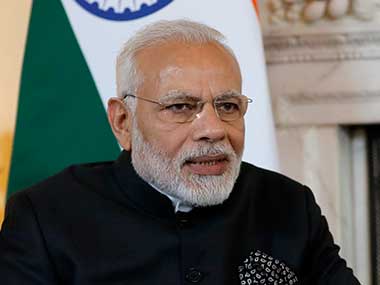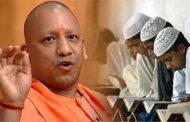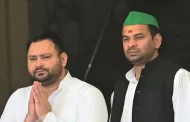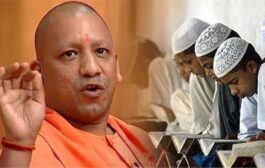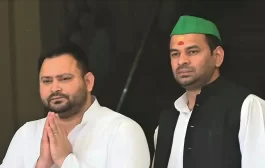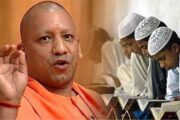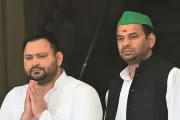Populism succeeds because of a nation’s social psychology, which the left-liberal rarely takes into account.

This is an observation made by political scientist Ajay Gudavarthy in India After Modi: Populism and the Right. The Jawaharlal Nehru University associate professor’s book, published in November, is arguably the first theoretical study of right-wing populism in India from within the left-liberal intellectual tradition.
The Right’s rise is reflected in the dramatic changes in India’s political discourse since its economy was liberalised and fastened, as never before, to the global economy. For one, the idea of equality has given way to that of relative mobility, a term describing improvement in the economic position of social groups. This shift has decreased the salience of class struggle in the political discourse.
For the other, the distinction between the Right and Left has been replaced by that between “us” and “them”. This is a feature common to both India and the United States, which are witnessing the triumphant march of populism.
Who constitutes “us” has been best described by American political scientist Jan-Werner Muller, author of What Is Populism? He writes:
“Populism… is a particular moralistic imagination of politics, a way of perceiving the political world which places in opposition a morally pure and fully unified people against small minorities, elites in particular, who are placed outside the authentic people.”
Us versus them
Muller’s definition is applicable to India as well, except that a unified people here implies uniting Hindus across caste and linguistic divides. Muslims and Christians cannot constitute the core of authentic people as they are culturally apart from Hindus. This has always been the quintessential Hindutva brew for the creation of the Hindu Rashtra.
Under Modi, though, the old Hindutva brew has acquired a new headiness because he has added a dash of populism to it. His regime has, to quote Gudavarthy, “appropriated the language of the subaltern and projected itself as essentially an anti-elitist political force”. The project of unifying Hindus has acquired a zip as it has also acquired the goal of displacing or reforming powerful elites.
Gudavarthy lists some of those whom Hindutva considers elites: the urban middle classes, English-speaking professionals, including left-liberals, those with a pedigree, and those who are corrupt due to the social network they have built. It is them the morally pure, unified Hindus must root out to cleanse and strengthen the nation. The left-liberal may think the conflict is illustrative of false consciousness, but it is in fact a manifestation, Gudavarthy says, of India passing through a unique historical moment.
On the one hand, the ideas of equality, dignity, recognition and representation have seeped deep into society. On the other, there is an explosion of aspirations because of neoliberal policies, which has also speeded up the process of individuation and loosened community bonds. Insecurity has gripped Indians because jobs have become insecure, and the phenomenon of jobless growth has made the future seem perilous.
The social schizophrenia has produced Hindus who “feel like subalterns and think like elites”. They comprise what Gudavarthy calls mezzanine elites or those who belong to castes such as Patidar, Maratha, Jat and Kapu as well as the poor among the upper castes. Their declining economic power is not in consonance with their traditional high social status. They are dismayed that the lower castes have taken advantage of reservation to catch up to them.

It is to their hurt pride the Bharatiya Janata Party appeals to bring them into the Hindutva fold. Promises of granting them reservation have been made – and attempted. Their anger and anxiety have been channelised into street mobilisation and violence. Gudavarthy asks, “What is the political agenda for the dominant castes in decline by the left-progressives, except to dismiss these anxieties as signs of backwardness and symbols of feudal remnants?”
source: Scroll.in

